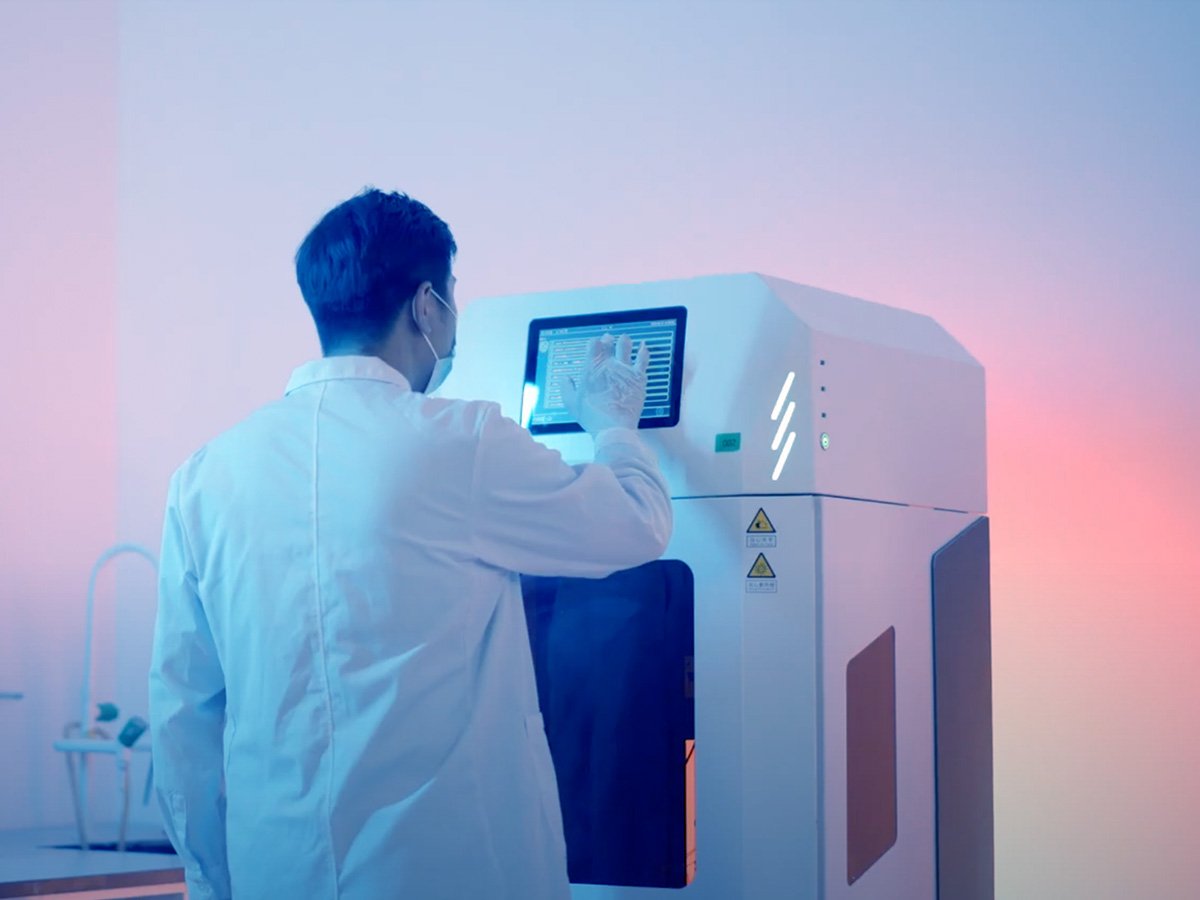If you have a missing tooth or your dental work is worn out, some will find that dental prosthodontic treatment can restore not just the look of your smile, but also functionality. Treatments such as crowns, bridges, dentures, and implants can make a world of difference — but choosing the right one can make just as much of a difference as the treatment itself.
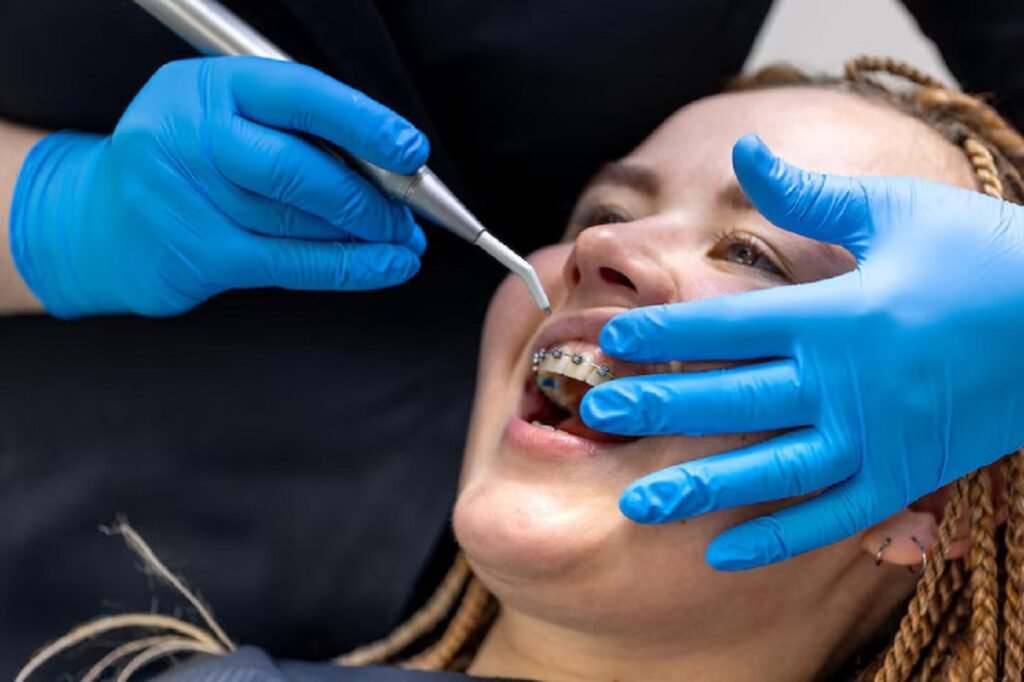
But people are often too slow to do so, or too hasty in settling for a quick fix without realizing that they can. That’s why we put together this guide to help you understand what prosthodontic care is, who it is for, what procedures are involved, and how you can make a wise decision based on the best long-term oral health and comfort.
- What Is Dental Prosthodontic Treatment?
- Dental Prosthodontic Treatment Process
- Understanding the Cost of Dental Prosthodontic Treatment
- Who Typically Needs Prosthodontic Treatment?
- Types of Dental Prosthodontic Treatment?
- Does a Prosthodontist Pull Teeth?
- Importance of Dental Prosthodontic Treatment
- Does Dental Insurance Cover Prosthodontics?
- Why Material Quality Matters
- Recovery After Dental Prosthodontic Treatment
- FAQs
What Is Dental Prosthodontic Treatment?
Prosthodontics is a dental specialty dedicated to the diagnosis and treatment of missing or deficient teeth.
Prosthodontists have special training in the repair of crowns, bridges, dentures, and implants.
Using specific methods and materials they reconstruct mouth function and look.
General dentists may refer difficult cases to a prosthodontist if routine treatment is not adequate.
Dental Prosthodontic Treatment Process
The process of dental prosthodontic treatment depends on various situations. However, it typically includes these steps:
1. Consultation
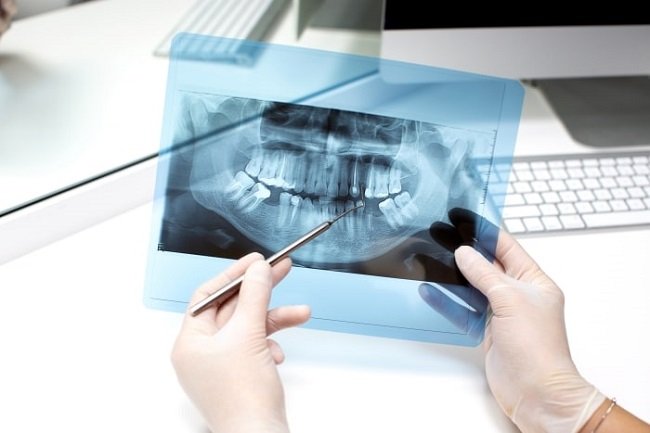
Your prosthodontist examines your teeth. They take X-rays or 3D scans. Then, they discuss your goals.
You’ll plan the treatment together (e.g. “I want fixed bridges” or “I need dentures”). This may also include referrals for specialized imaging or periodontal evaluation.
2. Preparation
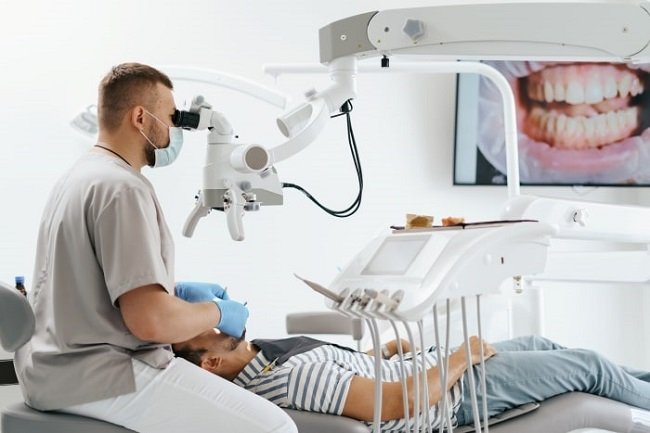
The dentist might reshape your teeth. This helps crowns or bridges to fit better, depending on your treatment plan.
If you require implants, a surgeon implants them into your jawbone in a separate surgery.
They place temporary restorations, such as a provisional bridge or denture, to shield your teeth. They also help you look good.
3. Impression/Scanning
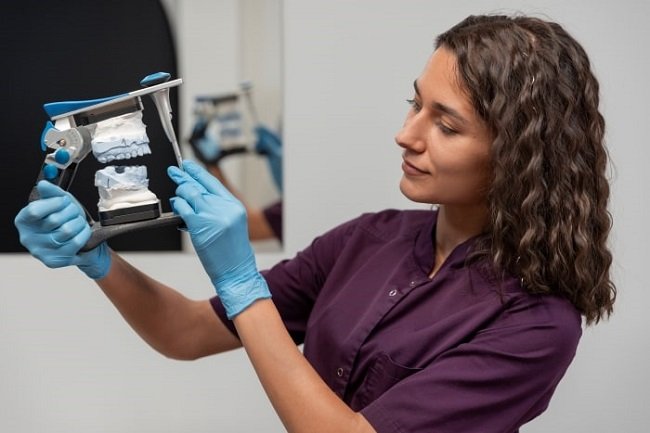
The dentist will take impressions or use digital scans of your prepared teeth and jaw. These records are sent to a dental lab or in-office CAD/CAM mill.
There, skilled technicians fabricate your final prosthesis (crowns, bridge, or denture). This step may take 1–3 weeks.
4. Try-In and Adjustment

When the restoration is ready, you return to have it fitted. The prosthodontist checks the fit, bite, and color. You and the dentist will adjust things as needed.
This includes trimming edges and fine-tuning the bite. You keep making changes until both of you are happy with the comfort and function.
5. Final Placement
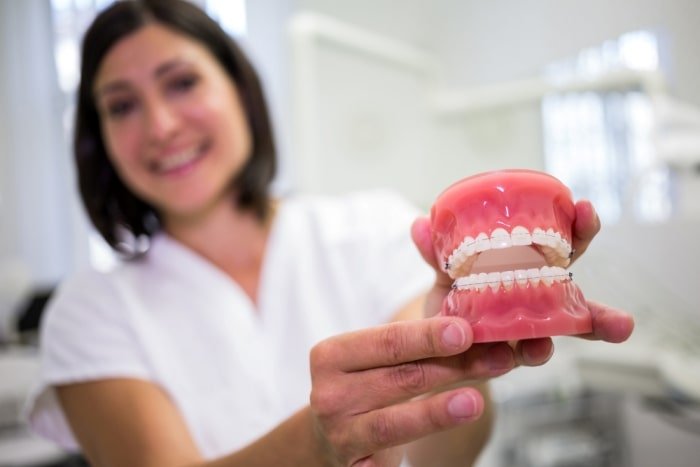
The permanent crown, bridge, or denture is cemented or fixed in place. Implants get an abutment and crown at this stage. The dentist ensures everything lines up perfectly.
6. Follow-Up Care

After treatment, you’ll receive instructions on care (cleaning techniques, diet, etc.). A follow-up appointment ensures healing is progressing and the restoration is functioning well.
Recovery and adaptation times depend on the treatment’s complexity. Most patients feel more comfortable and confident within weeks.
Understanding the Cost of Dental Prosthodontic Treatment
There is no set price for prosthodontic treatment. It depends on the process and the type of materials.
At first glance, some treatments may seem costly. When you choose durable, natural-looking materials like Aidite ceramics, you’re more likely to have less repair or replacement work ahead of yourself.
This can help save you money and give you a confident smile that can last a lifetime.
Also, there are many dentist offices that have plans to help out with the expense. If you have dental insurance, it may pay for a portion of the cost. When you invest in quality care now, you save yourself from larger bills later.
Who Typically Needs Prosthodontic Treatment?
Dental prosthodontic treatment is not just for adults or extreme cases. Many people can get rid of their dental issues by consulting with a professional prosthodontist. Here’s a quick look at who might benefit.
| Condition or Situation | Why Prosthodontic Treatment Helps |
| Missing one or more teeth | Replaces gaps with bridges, implants, or dentures |
| Severely worn, cracked, or broken teeth | Restores function and appearance with crowns or veneers |
| Difficulty chewing or speaking | Improves bite alignment and oral function |
| Full-mouth rehabilitation needs | Combines multiple procedures for complete restoration |
| After major dental trauma or surgery | Rebuilds damaged areas for normal use and aesthetics |
| Cosmetic concerns (discoloured or misshaped) | Offers natural-looking solutions with veneers, crowns, or implants |
| Jaw pain or bite issues | Addresses underlying causes with occlusal adjustments and restorations |
| Old or failing dental work | Replaces outdated crowns, bridges, or dentures with modern, durable options |
Types of Dental Prosthodontic Treatment?
Prosthodontic dental care covers a variety of treatments. Here are the various types of dental prosthodontic treatment:
- Crowns: To restore and protect a damaged tooth.
- Bridges: To replace one or more missing teeth.
- Dentures: Full or partial replacements for multiple missing teeth.
- Implants: Surgical titanium screws implanted in the jawbone that serve as a root to support a crown or bridge.
- Veneers: Thin, tooth-colored shells designed to enhance the beauty of your teeth.
Every dental prosthodontic treatment is customized according to your dental condition, lifestyle, and budget requirements.
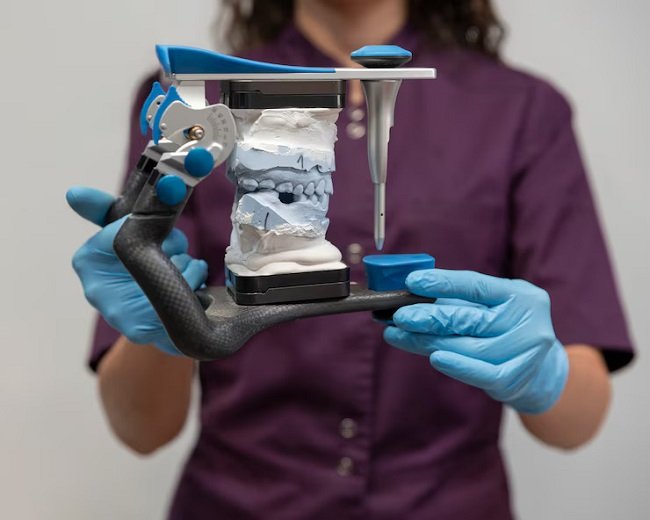
Does a Prosthodontist Pull Teeth?
A common question people ask is: does a prosthodontist pull teeth?
The short answer is—they can, but they usually don’t. They put all their knowledge into restoring teeth, not removing them.
However, if a tooth cannot be saved, it might be removed to make a place for implants or dentures. A prosthodontist could also work together with an oral surgeon or general dentist to manage the extraction.
In short, they are more about saving and replacing teeth than removing them.
Importance of Dental Prosthodontic Treatment
Caring for your teeth with prosthodontic dental care improves more than just your smile. It also protects your overall oral health. Here are some quick points that helps you to understand the importance of prosthodontic treatment:
- Rehabilitates chewing and speaking ability, promoting proper digestion and communication.
- Prevents the shifting of teeth by filling in the gap left from a missing tooth.
- Helps to prevent natural teeth from excess wear and tear.
- Aids in preserving bone health by supporting structure, particularly with implants.
- Minimizes the risk of gum disease by removing hard to reach areas where bacteria can get stuck.
- Improves bite-aligning as a result less jaw pain and headaches related to misalignment.
These advantages demonstrate how investing in prosthodontic care provides long-term support for mouth function and health.
Does Dental Insurance Cover Prosthodontics?
This one depends a lot on your specific insurance provider and plan.
Many dental insurance plans provide some coverage for dental prosthodontic treatment. This is especially true when the treatment is medically necessary. For example, crowns and dentures needed after tooth loss often get coverage. But cosmetic veneers typically do not.
So, does dental insurance cover prosthodontics?
Well, we recommend that you contact your insurance company to understand your coverage. Also, ask your dental clinic to assist with pre-authorization requests for estimates.
Some providers also offer supplemental dental plans that include broader prosthodontic services.
Why Material Quality Matters
Picking the right materials impacts the lifespan, comfort, and look of your restorations. This is where Aidite comes into the picture.
Aidite is a trusted name in dental material innovation. They offer high-performance dental products like 3D Pro Zir. Dentists and labs worldwide trust these products.
These materials combine strength and beauty. They help restorations last longer and feel right in your mouth.
You may not always know what materials your dentist uses. But you can ask if they work with Aidite products. It gives you one more reason to go for dental prosthodontic treatment confidently with lab-tested solutions.
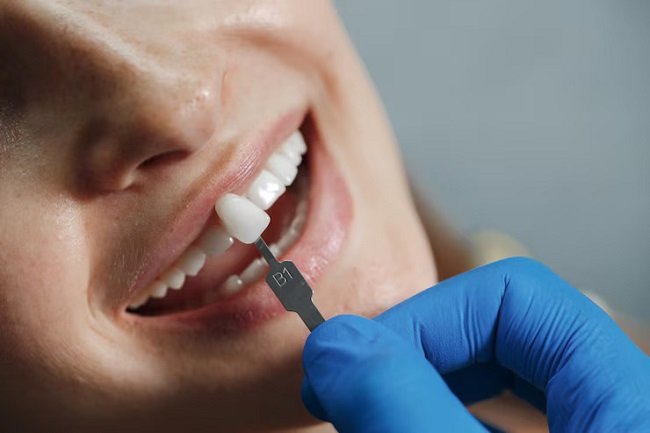
Recovery After Dental Prosthodontic Treatment
Curious about what happens after treatment? Healing after dental prosthodontic treatment varies depending on the procedure but understanding what to expect can help you be more at-ease during your recovery.
- Some discomfort or sensitivity on the teeth that were treated is normal for several days.
- To protect new restorations, avoid hard, chewy or very hot foods at first.
- Brush and gently floss as instructed by your dental professional to keep your mouth clean.
- Implants can take several months to heal, when new bone fuses with the implant post.
- Adhere to all post-operative care recommendations given by your prosthodontist to avoid complications.
- Attend scheduled follow-up visits to check the fit and function of your restorations.
- Using quality materials like Aidite ceramics can improve comfort and durability during recovery.
- If you experience persistent pain or swelling, contact your dental professional promptly.
Final Thoughts
Tooth loss or damage doesn’t mean you have to sacrifice your comfort, confidence, or quality of life. You can trust dental prosthodontic treatment to get a long-lasting solution. It restores your smile and bite. Plus, it improves function and appearance.
At first, it can seem overwhelming. But having options can make it easier to move forward. Review your insurance policy. Consult a dentist about the appropriate treatment for you. Ensure they are using reliable materials, such as Aidite, for durable results.
FAQs
Is prosthodontic dental treatment right for you?
Yes, it is a commonly recommended treatment for full-mouth rehab when crowns, bridges, implants, or dentures are also part of the treatment plan.
Who is a good candidate for prosthodontic dentistry?
Individuals whose teeth are missing, broken down, or worn can really benefit from this type of care in order to improve function and aesthetics.
Can insurance help reduce the cost of dental prosthodontic treatment?
Yes, many necessary prosthodontic procedures might be partially covered, depending on the policy.
What treatments fall under prosthodontic dental care?
This comprises crowns, bridgework, dentures, implants, veneers and restorations. And, each one is customized according to the patient’s needs.
How do I know if my plan does dental insurance cover prosthodontics fully or partially?
Check with your provider or ask your dental clinic to verify your insurance coverage.

